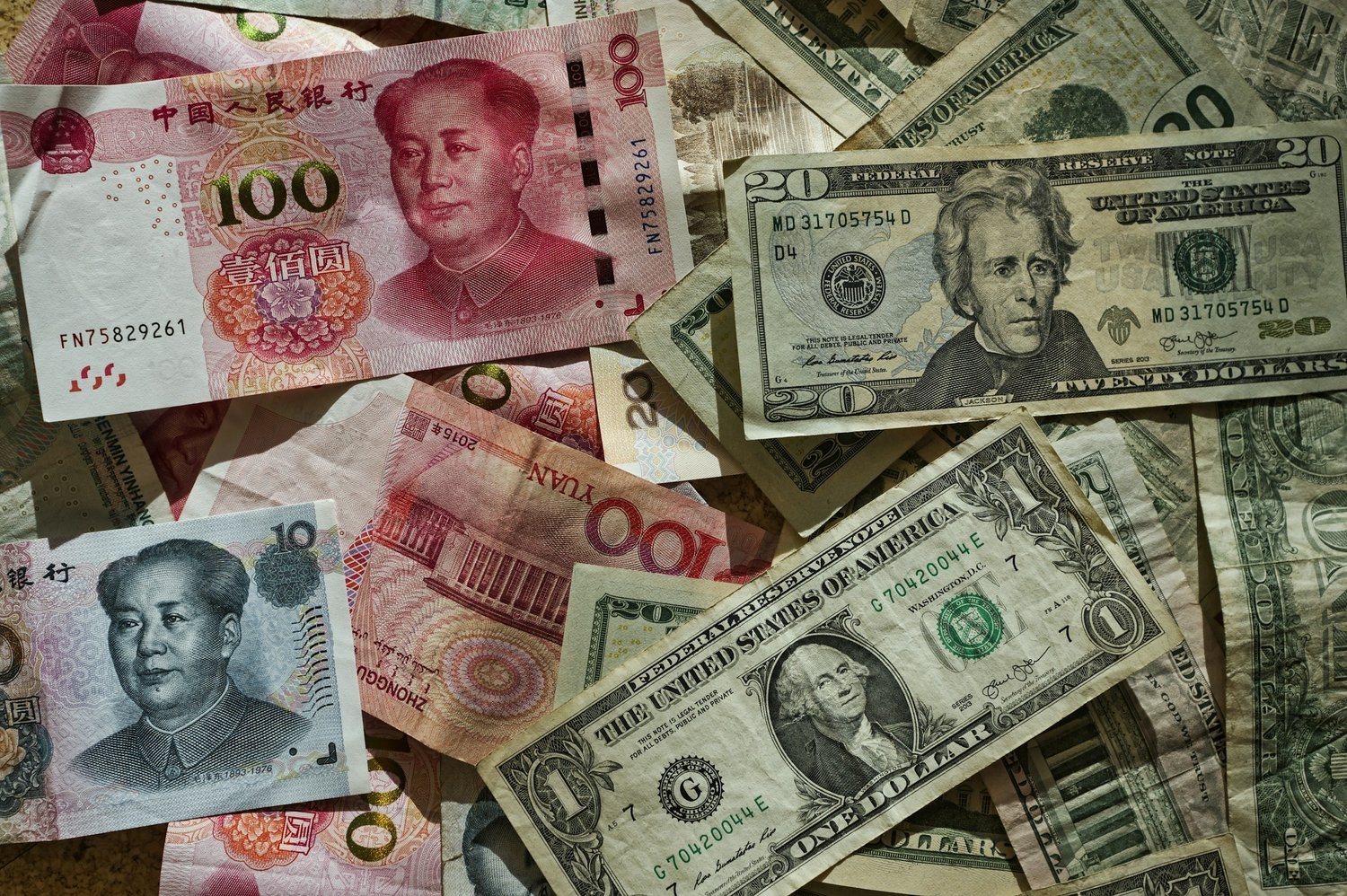What’s going on here?
China’s yuan is slipping against the US dollar for the third consecutive day, weakening by 0.07% to 7.1290 per dollar by early morning.
What does this mean?
Traders are closely eyeing the US Federal Reserve’s upcoming inflation data—and it’s influencing the dollar’s rise. The US dollar index edged up as anticipation built around Friday’s release of the personal consumption expenditures (PCE) index. Analysts predict the offshore yuan will hover between 7.1150 and 7.1350 in the short term. Meanwhile, the People’s Bank of China (PBOC) is subtly working to manage the yuan’s appreciation without pushing it too rapidly. With China’s weak economic outlook, expectations are that the PBOC may ease its monetary policies further, reducing the pressure to strengthen the yuan.
Why should I care?
For markets: Dollar dynamics at play.
Market participants are factoring in the potential impact of US inflation data on monetary policy, closely watching the Federal Reserve’s actions. A stronger dollar could mean less aggressive rate cuts if US employment data doesn’t decline sufficiently, suggesting a cautious approach from traders. Keep an eye on how currency plays and economic indicators shape market dynamics in the near term.
The bigger picture: China’s systemic shifts.
With China’s economic challenges, the PBOC’s stance on monetary easing becomes crucial. As the world’s second-largest economy navigates its path, global investors should consider the broader implications of China’s financial strategies. The PBOC’s actions, combined with evolving US fiscal policies, create a complex landscape affecting global trade and investment flows.







